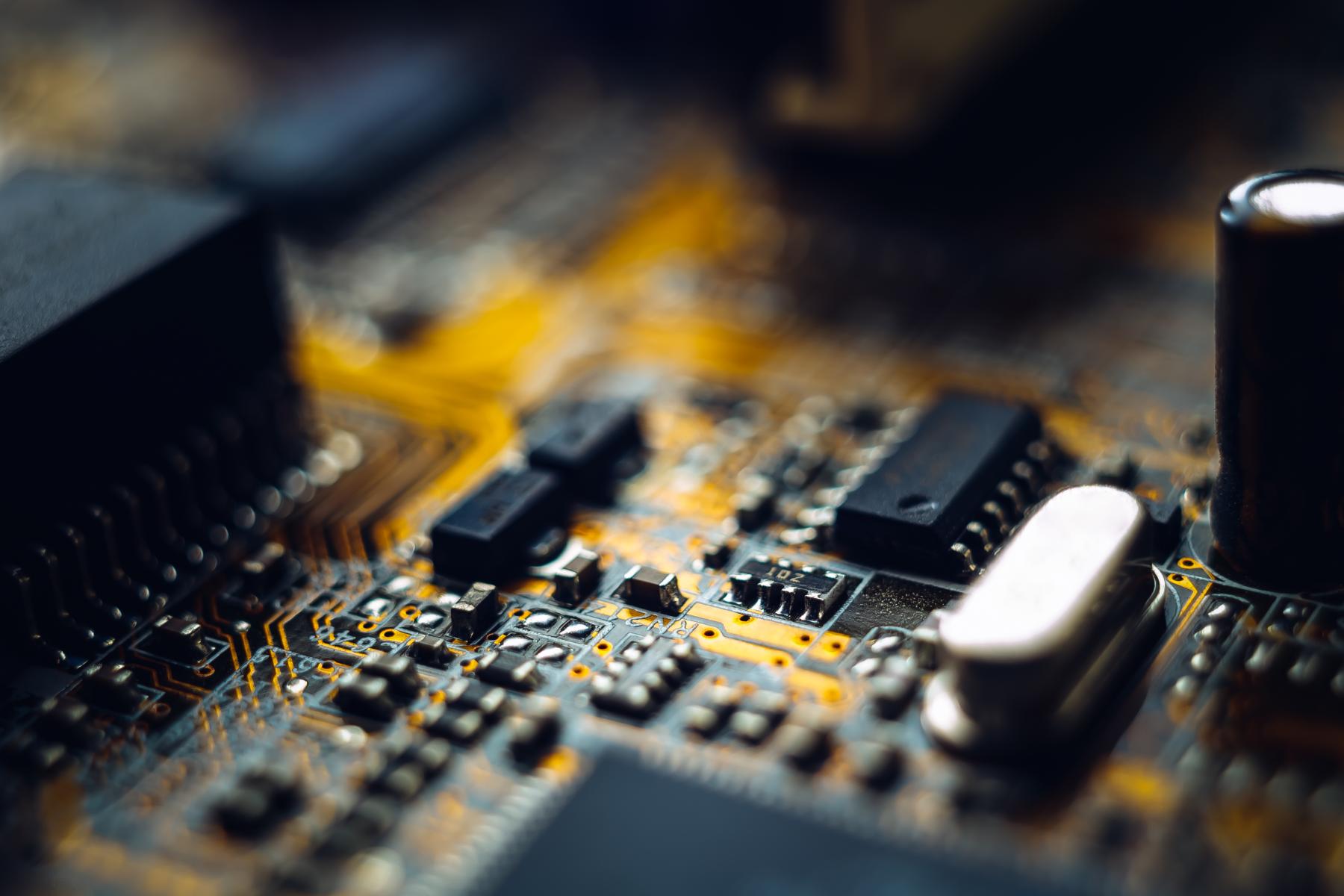 The tremendous progress of electronics and electrical manufacturing has required advances in multiple production elements, with heating technology being one of the most crucial ones. In this highly competitive industry, advanced heating solutions are now at the forefront of increasing productivity, raising quality, and cutting costs.
The tremendous progress of electronics and electrical manufacturing has required advances in multiple production elements, with heating technology being one of the most crucial ones. In this highly competitive industry, advanced heating solutions are now at the forefront of increasing productivity, raising quality, and cutting costs.
Innovation Heating Solutions
Heating technology is essential to the electronics and electrical manufacturing industries for operations including soldering, reflow, heating, and cure. Inefficient aspects of traditional technologies include slow processing durations, energy waste, and uneven heat distribution. However, a number of significant advancements in improved heating technology are tackling these issues:
1. Induction Heating: This technique heats conductive materials directly by means of electromagnetic fields. It is extremely effective, ensuring exact control over the operation and minimizing energy loss through quick, localized heating. Soldering applications benefit greatly from induction heating because it produces high-quality junctions with little to no temperature influence on neighboring components.
2. Infrared (IR) Heating: To transmit heat, IR heating uses infrared radiation. Because it heats objects directly without warming the surrounding air, it is incredibly efficient. Because it provides accurate temperature control and rapid heating rates, infrared heating (IR) is widely utilized in reflow soldering and curing operations in the electronics manufacturing industry.
3. Laser Heating: This method offers remarkable control and precision by using laser beams to produce concentrated heat. It is perfect for tasks like surface treatment and micro-soldering that call for exact precision. Automated production lines can benefit from the integration of laser heating systems, which increase productivity and uniformity.
4. Microwave Heating: This method heats objects from the inside out by using microwave radiation. It works very well for procedures where even heating is necessary, such as grinding and drying. Moreover, energy-efficient microwave heating lowers the total power used in manufacturing processes.
Efficiency and Quality Enhancements
Modern heating techniques have a major positive impact on the productivity and quality of electronics and electrical manufacturing. Here are a few of the main advantages:
● Energy Efficiency: These technologies lower overall energy usage by accurately directing heat where it is needed and avoiding energy loss. This decreases the carbon footprint of production operations, which helps sustainability programs as well as cutting operating expenses.
● Speed and Throughput: Production times are accelerated by fine and quick heating capabilities. Faster processing is made possible by technologies like induction and laser heating, which boost throughput and satisfy the expanding demand for electronic gadgets.
● Improved Product Quality: Accurate temperature management guarantees repeatable outcomes, which lowers errors and rework. Modern heating techniques reduce thermal stress on parts, increasing product longevity and reliability.
● Flexibility and Scalability: Contemporary heating systems are made to be flexible and scalable to a range of manufacturing settings. Because of their simple integration into current production lines, manufacturers are able to expand their operations without having to make major overhauls.
Challenges and Future Directions
Despite the noteworthy progressions, obstacles nonetheless exist in the extensive integration of these technologies. For many producers, the necessity for specialized knowledge and high upfront expenses can be obstacles. To further enhance these technologies, increase their affordability, and broaden their applicability to new materials and processes, more research is also necessary.
In the future, the manufacturing of electronics and electrical components could undergo a revolution thanks to the combination of sophisticated heating technologies and Industry 4.0 concepts. Real-time heating process optimization is possible with smart heating systems that have sensors and AI-driven controls. This increases efficiency and lowers waste. These technologies will surely become more and more important as they develop to satisfy the demands of a world that is becoming more and more electronic.
Authored by:
Dhawal Gupta
Co-Founder
Subhot Enterprises